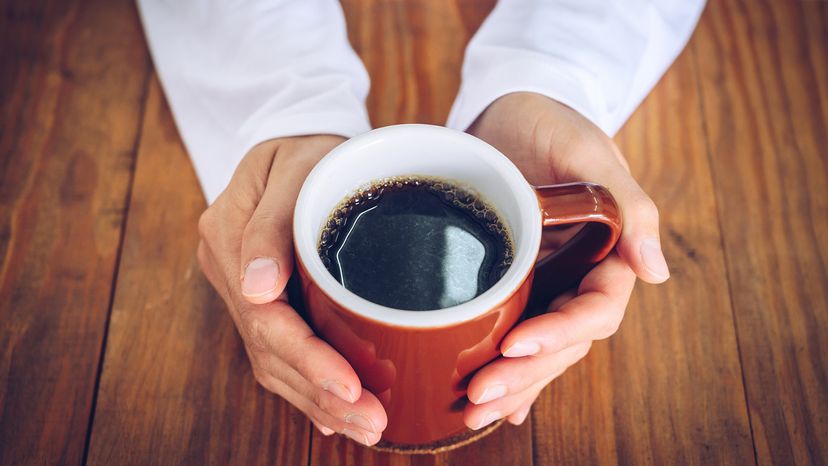Coffee's journey from obscure bean to global obsession is a rich and fascinating story that spans centuries. Its origins are often traced to Ethiopia, where legend tells of a goat herder named Kaldi who discovered the energizing effects of coffee beans after noticing his goats frolicking with unusual energy after eating the red berries.
Intrigued, Kaldi brought the beans to a local monastery, where monks used them to stay awake during long hours of prayer, marking the beginning of coffee's connection to focus and productivity.
Coffeehouse Culture
From Ethiopia, coffee made its way to the Arabian Peninsula by the 15th century, where it became a vital part of the Islamic world. Coffeehouses, or "qahveh khaneh," began appearing in cities like Mecca and Cairo, where they became bustling hubs for socializing, intellectual debate and business transactions.
These early coffeehouses set the tone for what coffee would come to represent: conversation, creativity, and community.
By the 17th century, coffee spread to Europe, carried by traders and travelers who brought tales of the exotic drink. Its reception was mixed at first, with some calling it the "bitter invention of Satan," but the coffee scene quickly gained popularity.
Coffeehouses popped up across the continent, becoming important venues for political and intellectual discourse. In England, they were dubbed "penny universities" because, for the price of a cup, anyone could engage in stimulating conversation and exchange ideas.
Java Hits America
Coffee made its way to the American colonies in the mid-17th century, brought by European settlers. While tea initially dominated American culture, the Boston Tea Party of 1773 marked a pivotal moment for coffee's rise. After the boycott of British tea, coffee quickly gained favor as a patriotic alternative.
By the 18th century, coffeehouses were thriving in cities like New York, Boston and Philadelphia, becoming places where business, politics and culture intersected.
The coffee trade expanded further when European colonial powers began cultivating coffee in the Caribbean, Central and South America and Southeast Asia. This transformed coffee from a luxury good into a global commodity, setting the stage for its dominance in modern life.
Today, coffee is an essential part of daily routines worldwide, and whether it is good or bad for our health remains a point of contention.
